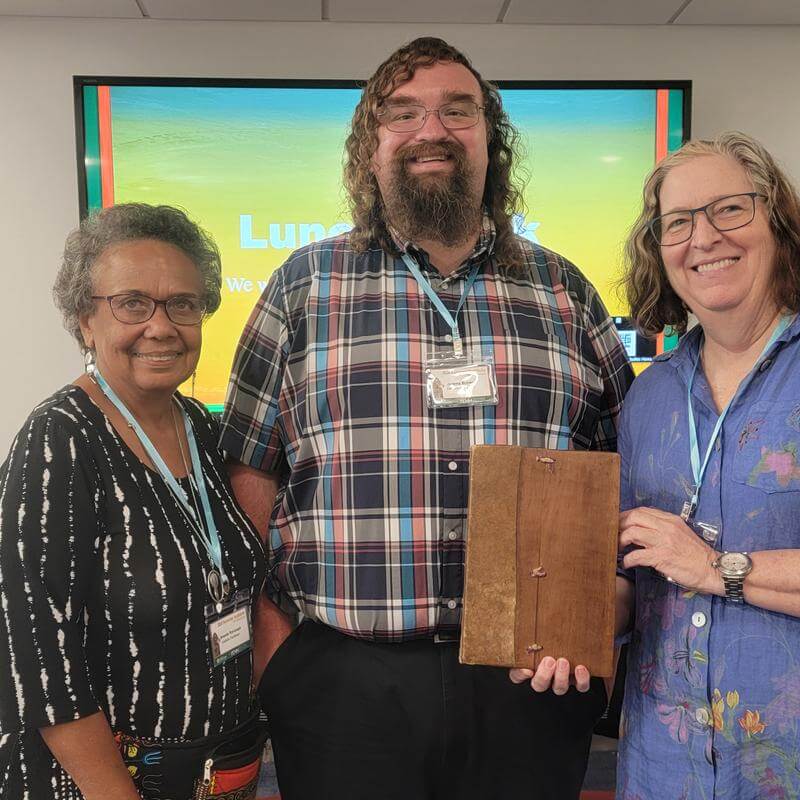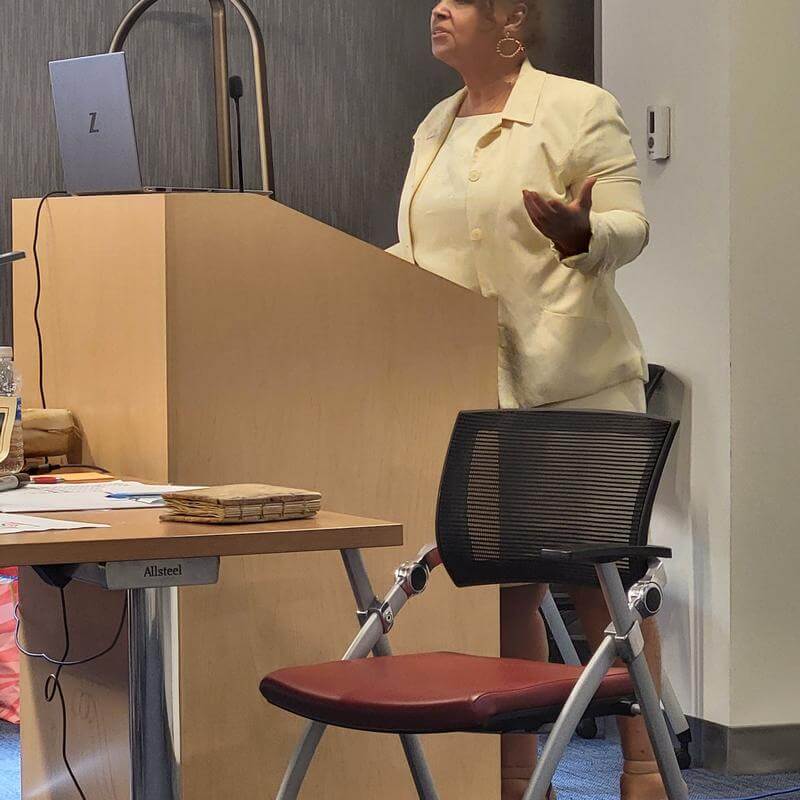Summer Institute for Educators 2024
Summer Institute for Educators
Healing and Justice: Medieval Stories from Ethiopia, Eritrea and Egypt
Tuesday, July 23 - Friday, July 26, 2024 | 9:30 am - 3:00 pm EST
Hybrid (In-Person and Virtual)
Undergraduate Library, Multi-Purpose Room, Howard University
This year's institute will focus on material for educators of Grades 6-12 across disciplines.
No fee required.
Learn About
- Ge’ez manuscripts, paintings and stories catalogued in PEMM (The Princeton Ethiopian, Eritrean, and Egyptian Miracles of Mary database).
- Stories of Healing, Justice and Forgiveness
- Ge'ez Calligraphy and Scribal Culture
- Manuscript Making: Writing, Painting, Gilding, and Binding.
- Teaching Creative Writing and Manuscript Illumination to Your Students
About the Institute
The Center for African Studies at Howard University in collaboration with Princeton University are hosting a 4-day hybrid institute to introduce Ge’ez manuscripts cataloged in PEMM (The Princeton Ethiopian, Eritrean, and Egyptian Miracles of Mary database); The PEMM database includes thousands of manuscript paintings and stories about Mary, the world’s most storied person. The manuscripts reveal universal problems faced by humanity over time and one woman’s divine ability to heal the world and deliver justice.
The institute will include morning and afternoon presentations by content experts. Teachers will learn about art traditions and the historical and cultural contexts of early Christianity in Ethiopia and Eritrea. They will gain knowledge of the significance of Ethiopian manuscripts, their production and use.
On the fourth day of the institute, local teachers will attend a hands-on workshop. Ethiopian artist Aleme Tadesse and arts educator Karen Brown will introduce participants to the various techniques, skills and tools relevant to making an illuminated manuscript. Participants will explore the rich heritage of Ethiopian art. They will learn the concept and application of traditional Ethiopian painting. These hands-on activities will equip educators with techniques and strategies to engage their students in making their own manuscript books.
The institute will be particularly attractive to art teachers, language art teachers and social science/world history teachers grades 6-9.
Healing and Justice Themes
Africans were among the first to compose stories about Mary. Over the centuries they have written over a 1,000 short, meaningful narratives about Mary’s power to heal and restore justice in an unjust and often violent world. Some stories depict good people in desperate need—those in search of healing from disabilities, rescue from criminals and abusers, safe passage on difficult journeys, protection from punishment. Some stories depict the wicked seeking to escape the consequences of their own shortcomings. In one story, sixty-eight dogs go to court against their abusive owners. Upon hearing their case, the Virgin Mary decides in their favor and allows them to eat their owners. Many stories are full of slippery characters up to no good and wide-eyed innocents ensnared in their shenanigans, all of whom stumble through startling plot turns to arrive in the arms of the all-forgiving mother. Miracle of Mary stories are parables dense with meaning, lively language, and vivid metaphors. As such they provide fertile material for teachers and students to create original stories of healing and justice.
Historical Background
Ge’ez is an ancient Semitic language used today as a liturgical language in churches and synagogues in Ethiopia and Eritrea. Ge’ez manuscripts produced in the ancient Kingdom of Aksum (present day Ethiopia and Eritrea) are among the oldest Christian documents in the world. The illuminated Garima Gospels of Aksum date back to 500 C.E. Aksum’s King Ezana declared Christianity the state religion in 330 C.E, making Aksum the world’s second oldest official Christian country after Armenia.
Mary, the mother of Jesus Christ, has long been revered in Christian Africa, starting in Egypt in the second century and spreading south through Nubian kingdoms to the Aksumite empire by the sixth century. In the late 1300s, stories in Arabic about Mary began arriving in the Ethiopian highlands from Egypt. Ethiopian monks translated the stories into Ge’ez and local artists illuminated the stories. Known as Miracle of Mary stories, the manuscripts include stories about Mary as a child and Mary as a divine being who performs miracles that heal the world and bring justice.
In the 14th century, Ethiopia’s King Dawit II commissioned a gorgeous Miracles of Mary manuscript (Täʾammərä Maryam manuscript) containing twelve gold-embellished portraits of Mary and 75 stories. His son King Zara Yaqob and subsequent 15th and 16th century Ethiopian rulers spurred the production of Illuminated Miracle of Mary manuscripts. The manuscript tradition continues today in Ethiopia, the only country in the world with a living manuscript culture. Ethiopian scribes and artists painstakingly write and illuminate stories about Mary on parchment using paint made from locally sourced materials.
PEMM Database
The PEMM database will be a central feature of this institute. Teachers will use the database to explore Miracle of Mary stories, paintings and manuscripts.
pemm.princeton.edu
Photos from Institute
FULL RECORDINGS OF THE INSTITUTE
Institute Facilitators

Howard University

Howard University

Howard University

Howard University

Howard University
Institute Presenters

Princeton University

Princeton University
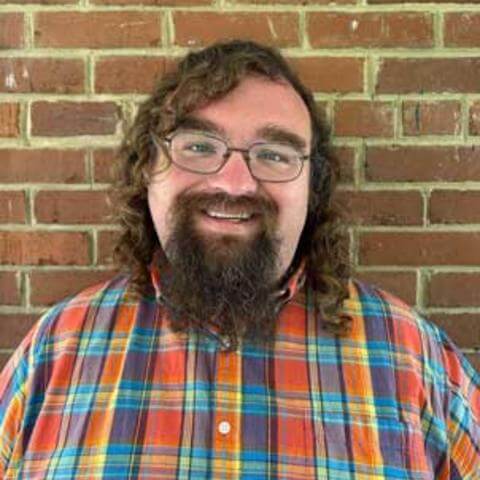
Hill Museum & Manuscript Library

Arts Educator

Howard University
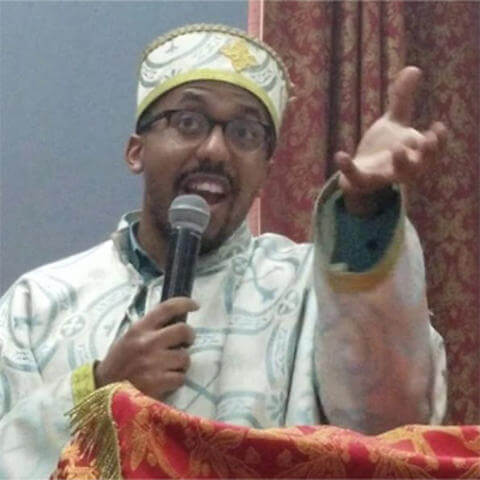
Howard University
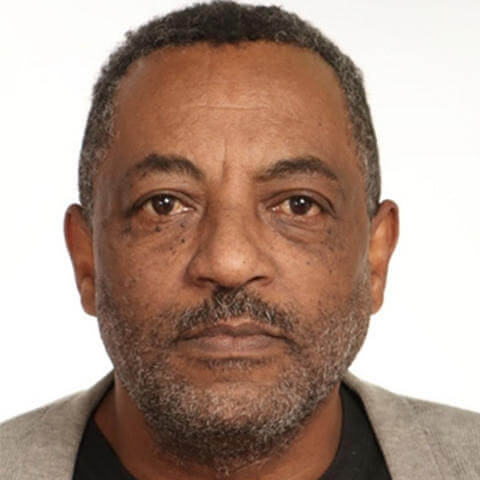
Bet'eseb African Heritage Art Center

Bete Tekle Academy





